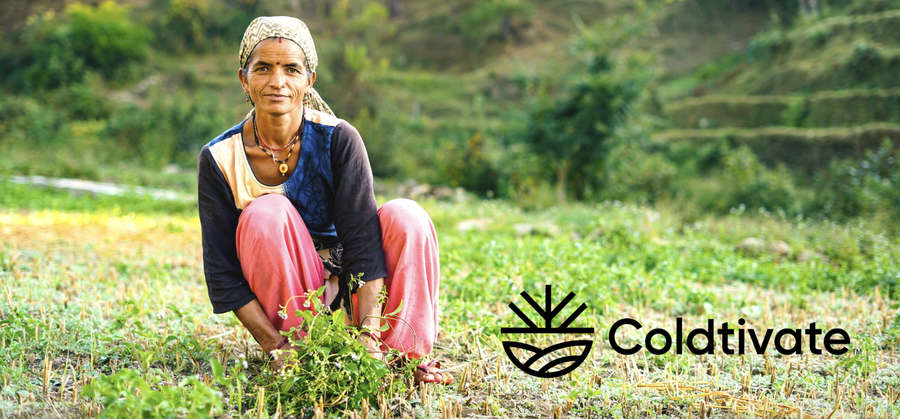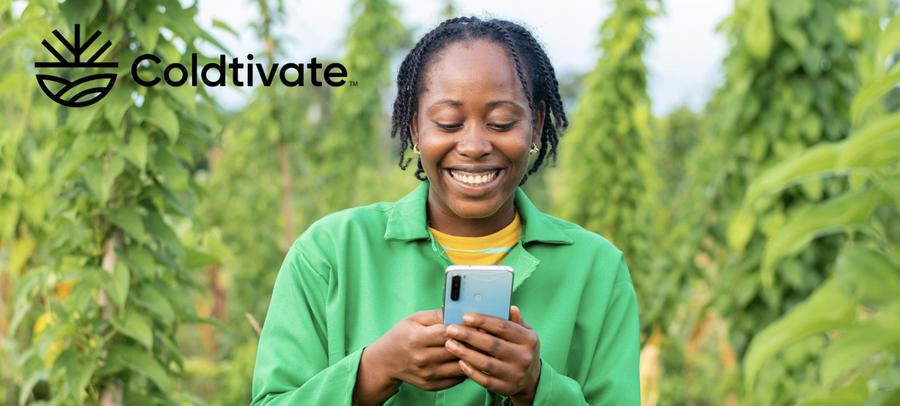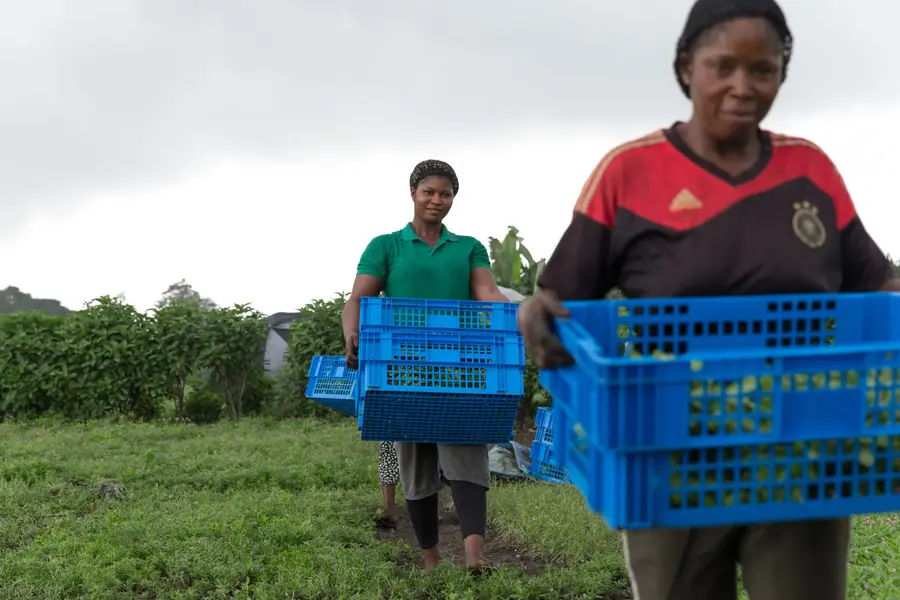BASE and Empa are proud to release Coldtivate, an open access, data-science-based mobile application that provides access to postharvest expertise and allows farmers to maximise benefits from cooling.
In today’s world, so much of ‘farming’ and what it means to be a ‘farmer’ has undergone radical change given advances in machinery but also technology. Many farmers now have access to data and information at their fingertips – on their mobile phones. Over the past years, smartphone penetration in rural households has nearly doubled in India and is set to substantially increase in Nigeria. Phone ownership can unlock access to tools and knowledge to improve the efficiency and productivity of agricultural practices.
At the start of 2021, The Basel Agency for Sustainable Energy (BASE) and The Swiss Federal Laboratories for Materials Science and Technology (Empa) began working on this issue, creating the Your Virtual Cold Chain Assistant (Your VCCA) initiative, as a part of the data.org global innovation challenge.
Your VCCA was developed to leverage the power of servitisation and digitalisation, applying these to ‘cold rooms’ (cold storage facilities) for agricultural products. Under a Cooling-as-a-Service (CaaS) business model, local cold room providers retain ownership and maintenance responsibilities for the cooling system, while farmers use the facilities on a pay-per-crate basis for a nominal fee. The CaaS model removes the barrier of upfront cost of the technologies, and makes solar-powered cold rooms, in particular, more affordable and accessible in rural areas, and allows for deployment in off-grid locations.
Digital applications can greatly enhance the implementation and benefits of the servitisation business model and hence of Cooling-as-a-Service. Therefore, the team got to work on developing Coldtivate, an open-access, data-science-based mobile application which constitutes a plug-and-play tool for local cold room providers to offer the CaaS model more quickly and efficiently. A year and a half later, following strong interdisciplinary collaboration and local partnership development on data collection, user interface design, user testing, and the development of machine learning and physics-based models, the team released Coldtivate which is now available to download for free on Android and iOS.
A first-of-its-kind app, Coldtivate make the process of tracking the crates entering and leaving the room less cumbersome, it digitalises inventory management in the cold room, which is presently carried out manually and prone to greater error. Using this feature, cold room operators can ‘check-in’ and ‘check out’ users’ (marginal farmers and small-time traders) produce.
This version of the app is being tested by local cooling companies and operators under the YourVCCA project. Updated versions of Coldtivate will be released in late 2022, enabling farmers to access the existing and additional features on their smartphones. The BASE and Empa teams are grateful for the excellent collaboration with Relief Applications for software development.
“We have developed an open-source app that enables cold room operators to manage inventories and monitor occupancy digitally, and cooling beneficiaries to track the quality of their crops in storage in real-time.
By combining this with the upcoming feature of staying updated on market prices, this information empowers people to make informed decisions on when and where to sell their crops, strengthens their bargaining position to negotiate for better prices, and prevents distress selling.”
Roberta Evangelista, Technical Lead and Data Scientist at BASE
Using a digital inventory management system allows operators to monitor the current and predicted occupancy of the room, notify users of collection days, and to keep track of the prices received by the farmers for their produce stored in the cold rooms in a hassle-free manner. Cold room providers who own and operate multiple cold rooms can assign operators to specific cold rooms and retain oversight of their operations.
Although cold storage capacity is increasing in Nigeria and India and is backed by policy interventions, observed demand-side barriers remain, such as the lack of trust farmers have in the potential of cooling to augment income. Coldtivate attempts to bridge this trust deficit with another one of its key features, the ability for farmers to track the shelf-life of their stored produce in real-time. For each checked-in crate, the app computes the ideal time for farmers to collect stored items, i.e., it predicts the number of days that the crops can last under current storage conditions, with a buffer time for bringing the crops to the market at ambient temperature.
To make these calculations, the app integrates a crop-specific ‘digital twin’, a physics-based model developed by Empa, which simulates the real-time degradation (and preservation) of produce inside crates in the cold room. These calculations depend on factors such as the type of commodity and its initial state, as well as room temperature and humidity.
This first version of the app is designed specifically for cold room operators to be able to monitor the shelf-life of each user’s produce, with operators informing customers of ideal collection dates via SMS or in-person. As the app is developed further, farmers will also be able to monitor this information to determine collection.
The journey of improving farmer welfare through postharvest management goes beyond merely curbing quantitative (decrease in weight and volume) and qualitative (cosmetic imperfections and fall in nutritional value) losses in crops and increasing their shelf lives. Surrounded by uncertainty, farmers make sales decisions in a dynamic environment against many competing short-term tactical and long-term strategic decisions. Although vast amounts of data are available to optimise agriculture sales decisions, the information is typically raw and scattered, offering few useful insights. The next steps for Coldtivate involves empowering farmers with market price forecasting.
Daily market price forecasts for different commodities will be made available using machine learning and open-source data from markets near the cold rooms. This information, combined with updates on the remaining shelf-life of the crops is intended to help farmers improve price discovery through the selection of locations and times to sell.





